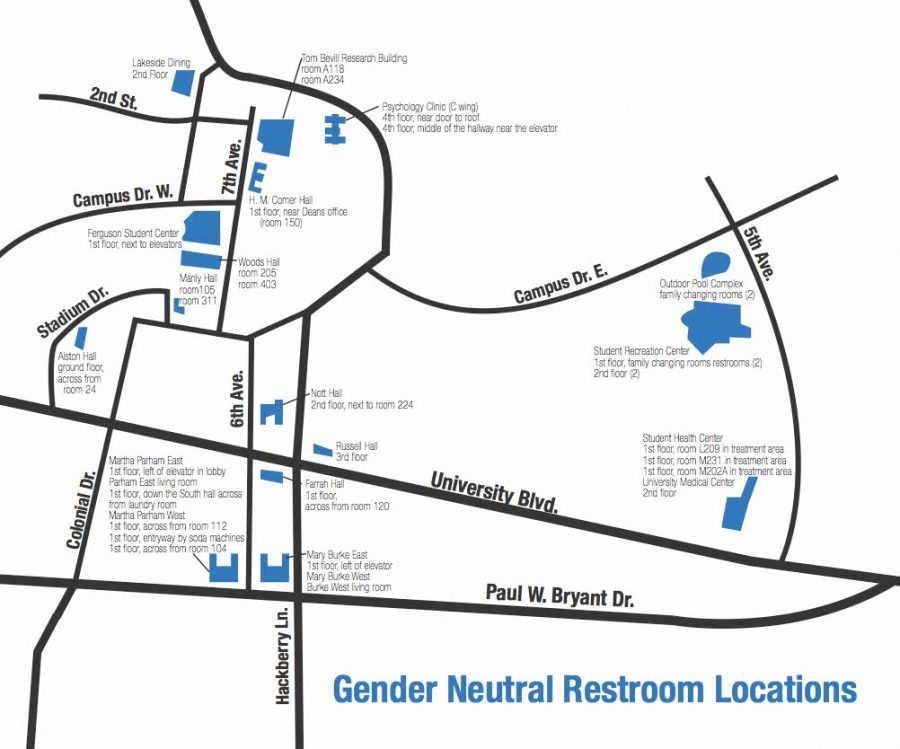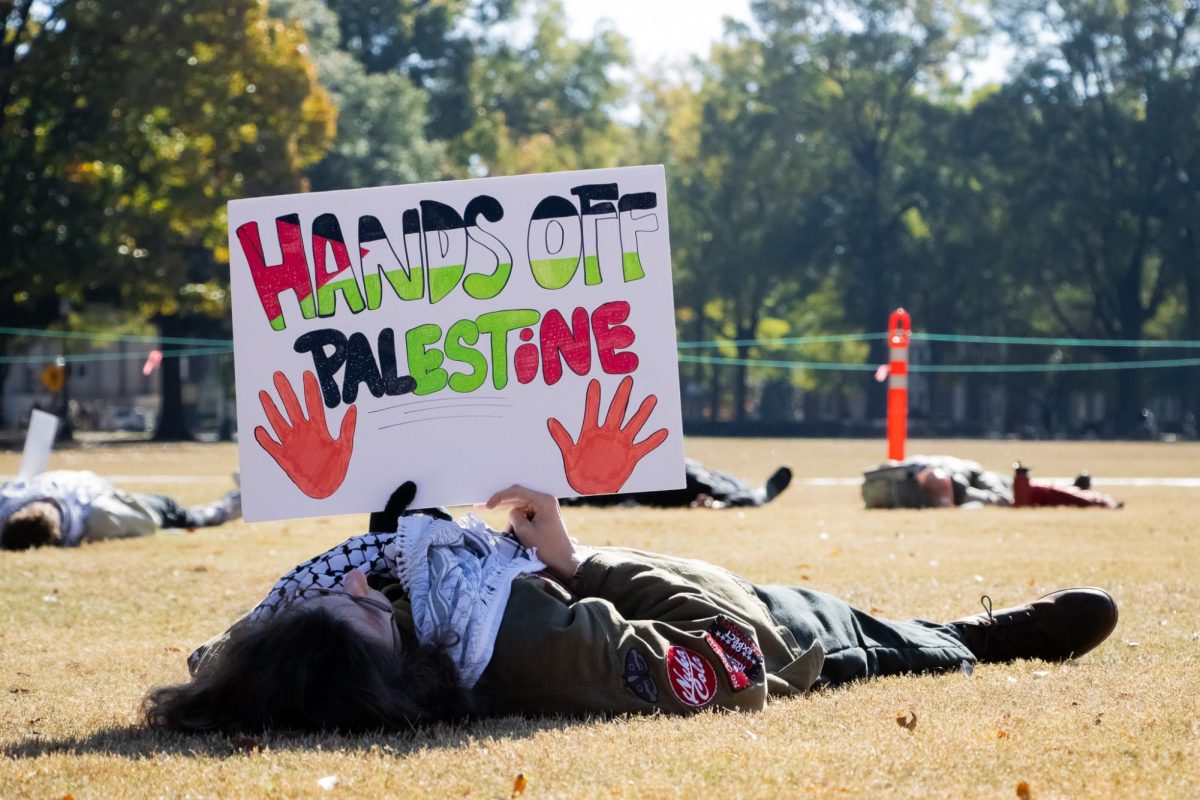Students who identify as LGBTQ at The University of Alabama do not have to feel alone if they need support or advice. The University’s Safe Zone program aims to provide a network of safe allies for gay, lesbian, bisexual, transgender, queer and ally individuals.
The purpose of the program is to foster an environment based on dignity and respect in which every student and employee is free to thrive academically, professionally and personally. Two former students, Eli Strong and Amanda Schuber, began the original Safe Zone program on campus in the spring of 2002. The Safe Zone program has grown from a small grassroots program to a fully-funded program through the Division of Student Affairs.
“Amanda and I knew how important Safe Zone would and could be for the UA community,” Strong said. “We wanted UA students to have a space free from judgment to ask whatever questions they had, or just get a little support. We wanted the faculty and staff to make a commitment to learn more about the LGBTQ community, and to become allies, so that they could help students in more than just their studies.”
One goal of the Safe Zone program at the University is to educate Safe Zone allies regarding LGBTQ needs and concerns to prepare them to offer advice and answer questions for anyone who comes to them. The program does this by holding monthly Safe Zone trainings.
Meredith Bagley, a professor in the communication studies department, member of the Safe Zone Committee and a Safe Zone Trainer, explained that training for the program is three hours long and is offered as a two-part process.
“The ?rst half includes basic terms, issues and important factors about LTGBQ experience in persons,” Bagley said. “The second half includes situational policies and scenario training. In this second half, people can have a practice round of ‘what would I do if.’ The goal is to equip whoever is attending the training and equip the people of UA to a campus culture, whether it be dorms, classrooms or dining halls, so that every student can learn and achieve their max potential. The program wants a safe environment for each student so that they can be the best version of themselves.”
At the end of the training, trainees are asked if they want to become a Safe Zone ally. If they do so, they will be listed as part of the ally network.
“It is a voluntary step to say, ‘OK, I’m going to be a proactive person in the sense of if a colleague is going through something I can say, hey, I went through training,’” Bagley said. “We don’t want people to sign up if they have to; we want it to be a completely voluntary decision. We always make that a step at the end.”
UA undergraduate students, graduate students, faculty and staff are all welcome to attend training.
“I think we trained something like 1,200 people last year and our total allies on campus is getting close to 1,000,” Bagley said.
Misha Drlikova, a member of the Safe Zone Committee and a Safe Zone Trainer, said there are open training sessions scheduled every semester.
“There are typically four and anyone interested can sign up for them by visiting the Safe Zone website. The Safe Zone also holds trainings for departments if they request to have a training for their employees and students. During the summer, we train all of the RA students for Housing and Residential Communities,” Drlikova said.
In addition to training individuals to be Safe Zone allies, the program also partners with several departments and national initiatives to create a tolerant and open environment on campus. Safe Zone partnered with safe2pee, a national initiative that ensures people who do not identify under traditional gender division can have access to restrooms without fear of harassment or violence.
For more information on Safe Zone, visit safezone.ua.edu.









